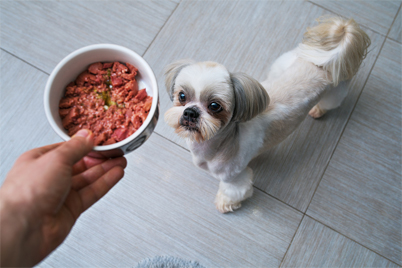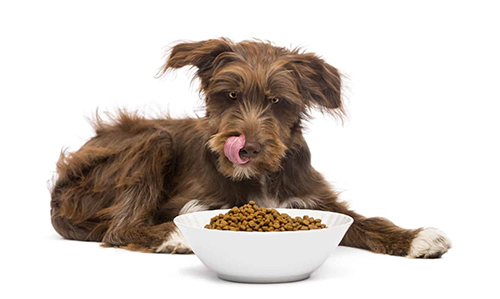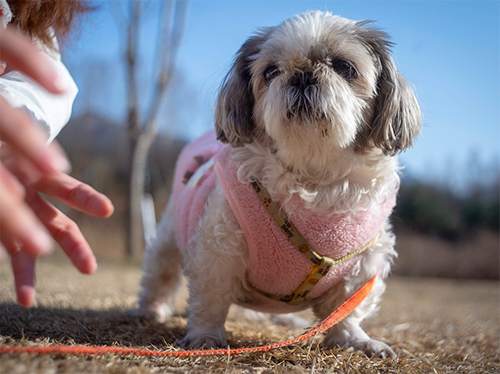

Many of us love our pet dogs so much that we treat them as select extensions of our family. Naturally, you only want the best for your dogs in terms of nutrition, grooming, and physical health, in line with the growing consciousness of choosing the right kinds of food to eat. You might have also heard about gluten-free dog food and wondered if you should get it for your faithful companion. Are they better, and will they make your dog healthier?
What is Gluten, and Why Is It Potentially Harmful to My Dog?
Gluten is the protein part of carbohydrates, and you can find it in grains such as barley, wheat, and rye. The two groups that can further classify this protein are – glutenins and prolamins. Dry dog foods contain a carbohydrate of some sort to act as a glue that binds the ingredients together. This carbohydrate gives “kibble” its firm and crunchy property.
Some dogs may find gluten hard to digest. The most common harm that gluten does is to cause an allergic reaction for your dog. In basic terms, the body’s response to the presence of gluten is to generate antibodies. Therefore, leading to gastrointestinal distress.
What Are The Symptoms of Gluten Intolerance?
Before you decide to make the switch to grain-free dog food, here are some signs of intolerance that you should look out for:
1. Ear Infections. Grain with gluten may lead to a buildup of sugar in your dog’s system. An overgrowth of yeast can make your dog’s life miserable because of the presence of smelly residue in the ears, making your pup shake his or her head often and scratch at their ears incessantly.
2. Dermatitis. Have you noticed bald patches in your dog’s fur, or thought that you might never be able to cure your dog’s flaky and dry skin? That may be a sign of gluten intolerance. Other skin reactions include redness, rashes, bumps, and intermittent scratching, even without the presence of parasites.
3. Gastrointestinal Disturbances. Constipation, vomiting, and diarrhea are also indications of a gluten upset. These are severe reactions, and you should consider giving your canine companion a gluten-free diet as soon as possible.
The Benefits of Switching to Gluten-Free Dog Food
Avoid Unnecessary Allergies

Perhaps the most significant benefit and gift that you can give your pet is to make her as allergy-free as possible. If you have noticed that your dog is suffering from dry and itchy skin or an abnormal amount of falling hair, then it is high time to change their diet to gluten-free dog food brands. Though many other food types could cause allergies, gluten and grains are some of the worst offenders. You can save time and money by trying out a grain-free diet first, then weeding out other potential allergens later. Gluten-free dog food is the right way of eliminating harmful foods from your dog’s diet.
Higher Protein Content
Did you know that a dog’s diet didn’t consist of grains, carbs, or vegetables before? Their natural diet consisted mainly of protein. The most natural food that you can give your dog should be about the same so that they can have an excellent digestive system. Gluten-free food leaves out the carbohydrates in grains and has a higher likelihood of greater calorie and protein content, which is ideal for your dog. Try out Crave Grain Free Dog Food or Natural Balance dog food, both of which leave out the harmful gluten and put in more protein content for your beloved family member.
Prevention Is Better Than the Cure
Dog owners should opt-in early for the best type of food to give to their pets. Sure, you might save money by purchasing lesser-quality brands of dog food, but veterinarian visits and bills can pile up if your dog develops complications later on. Remember that a gluten reaction can range from small signs such as rashes and unusual bumps to severe cases such as vomiting and constant diarrhea, so take that extra step early on to save money and keep a happier, healthier dog for you and your family. Wellness dog food is one of the best gluten-free dog food brands for those on a limited budget.




